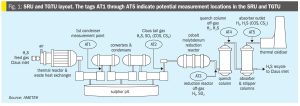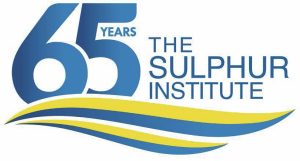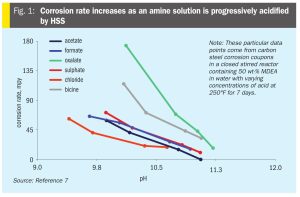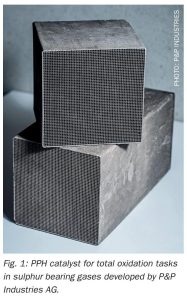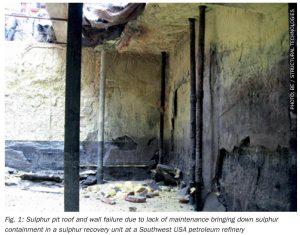Metso has completed the expansion of its service centre in Antofagasta, Chile, adding an additional 1,200 m² of operational capacity, totalling 4,800 m² of technical workspace. Strategically located in the La Negra industrial district, at the heart of northern Chile’s mining area, the service centre has tripled its technical-commercial agreements in recent years, becoming a key strategic partner for major mining companies in the country. Following the expansion, the centre can now repair and refurbish large-scale equipment including HRC™ and high pressure grinding roll units, Vertimill® grinding technology, and mills for mining customers. It also supports beneficiation and dewatering technologies, such as filter plate pack service offerings. In addition, the centre provides service capabilities for mining crushers, grinding mills, screens, and car dumpers.
